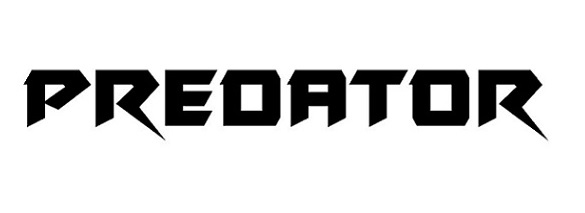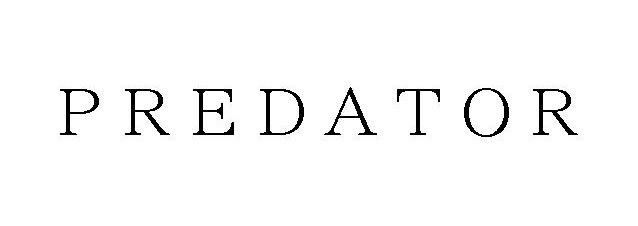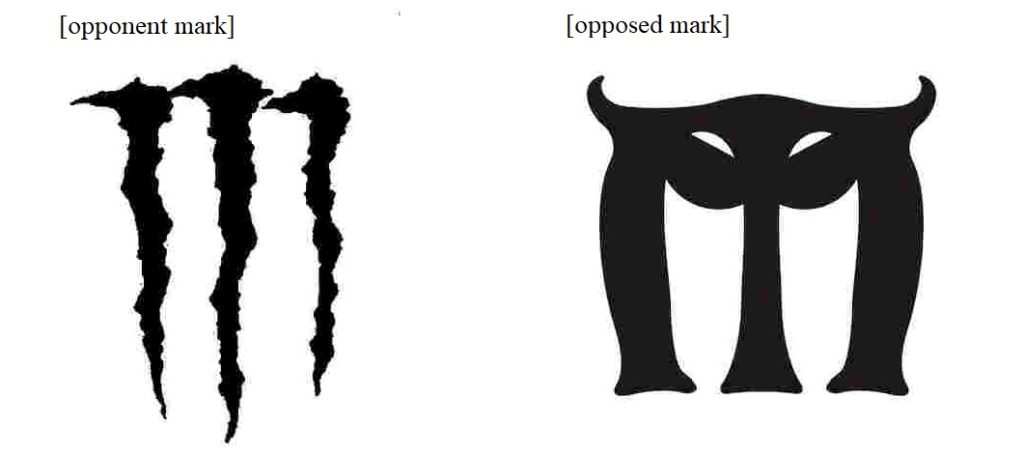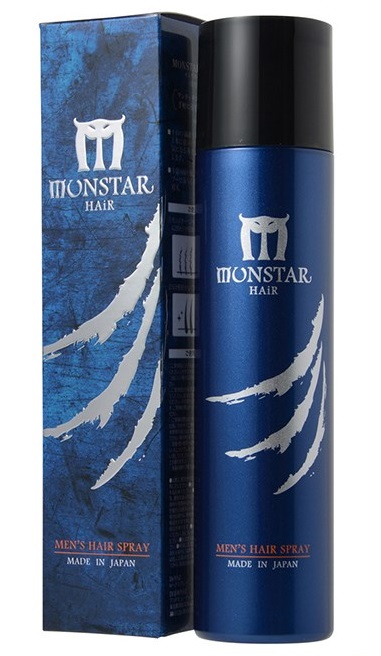In a trademark opposition claimed by Monster Energy Company against TM Reg no. 6471165 for the stylized PREDATOR mark in class 30, the Japan Patent Office (JPO) dismissed the opposition by finding dissimilarity of goods between ‘coffee, tea, cocoa’ and ‘carbonated beverages, energy drink’ in class 32.
[Opposition case no. 2022-900010, decided on November 7, 2022]Opposed mark
Acer Incorporated, a Taiwanese multinational hardware, and electronics corporation filed a stylized mark “PREDATOR” (see below) for use on various foods including ‘instant coffee, coffee beverages, coffee, tea, cocoa’ in class 30 with the JPO on January 6, 2021.

The JPO examiner granted protection on November 11, 2021 (TM Reg no. 5461165), and the opposed mark was published for opposition on December 7, 2021.
Opposition by Monster Energy
Monster Energy Company filed an opposition on January 13, 2022, and claimed the opposed mark shall be canceled in contravention of Article 4(1)(vii), (xi), and (xix) of the Japan Trademark Law by citing TM Reg no. 6408734 for word mark “PREDATOR” in standard character over ‘carbonated beverages; energy drink’ in class 32.

The opponent argued that ‘instant coffee, coffee beverages, coffee, tea, cocoa’ designated in class 30 shall be deemed similar to ‘carbonated beverages; energy drink’ in class 32 because:
(1) five major Japanese beverage suppliers manufacture and distribute not only the goods in question, but also other beverages identical or similar to the cited drinks e.g., soft drinks, fruit drinks, beverage vegetable juices, and whey drinks.
(2) Both goods are generally sold at convenience stores, supermarkets, department stores, drugstores, and other food outlets, vending machines, and train station kiosks, so they share the same sales locations.
(3) Both ingredients overlap and their uses as non-alcoholic beverages are common. Namely, there are purchased and consumed at teatime, for relaxation during breaks, for hydration, and as drinks during and after meals.
(4) Both goods are consumed by general consumers.
It is indisputable that both marks are similar in sound and meaning. Being that both marks and goods are deemed similar, the opposed mark shall not be registrable under Article 4(1)(vi) of the Japan Trademark Law.
JPO decision
The JPO Opposition Board found similarities in both marks.
However, the Board did not uphold the argument pertinent to the similarity of goods by stating that:
Although it is true the main consumers of non-alcoholic beverages are general consumers, that they are ultimately sold in the same vending machines and sales corners, and that they are consumed for similar purposes, the Board has a reason to believe these goods have different suppliers, gradients, and distribution channels more often than not. If so, both goods shall not be considered similar at all events.
Based on the above findings, the Board decided the opposed mark shall not be canceled and dismissed the oppositions by Monster Energy entirely.


